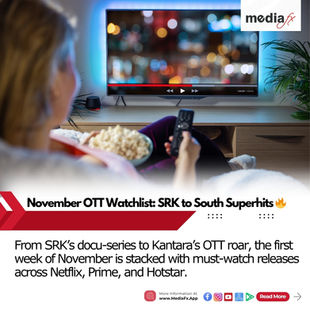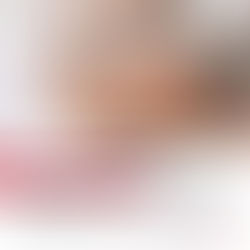🌟 Eyes Wide Shut? Myopia Alert in Kids! 🧐
- MediaFx

- Jul 19
- 3 min read
TL;DR: Myopia in children—also known as nearsightedness—is quietly becoming a big issue in India and beyond. 📉 Urban kids in India had only a 4.44% myopia rate in 1999, but by 2019, that number shot up to 21.15%. 🤯 Global trends predict almost 40% of the world's population will be myopic by 2050. Experts say limiting screen time, encouraging outdoor play, and using treatments like atropine drops, special lenses, or ortho‑k can slow progression. Let’s discuss key stats, solutions, and why this matters for our young masses. 👧🧒

Why Myopia Is Getting Real in Today’s Kids 😲
1. Rapid Rise in India & Globally
Urban Indian kids (5–15 yrs) saw myopia jump from 4.44% in 1999 to 21.15% in 2019—almost five times more! 📈
Overall prevalence in Indian youth (5–15 yrs) is around 7.5%, with urban areas reporting 8.5%, rural 6.1%.
Worldwide, childhood myopia went from 24.3% in 1990 to 35.8% in 2023, projected to near 40% by 2050.
2. Pandemic, Screens & Indoor Lifestyle
Post‑COVID, screen time skyrocketed, indoor play decreased—leading to blurred distance vision in many kids.
A study shows each extra hour of daily screen time increases myopia risk by 21%! So if your child watches TV or mobile more than 4 hrs a day, they’re in danger zone 😟.
What’s Causing This? Risk Factors 📌
Genetics: Kids with myopic parents have a higher chance—parents with glasses show ~8% prevalence in kids.
Education & Near Work: Older age and more study time = more myopia—a Delhi study showed 6.3% prevalence in 13+ vs 1.9% in 6–9 yrs.
Less Outdoors: Sunlight exposure helps prevent myopia onset—studies recommend ≥1 hour out daily.
How Can We Fight It? Actionable Solutions ✅
🕶️ Vision‑Wise Lenses & Contacts
Lenslet spectacles: New tech changes light focus to slow eye elongation.
Soft multifocal contact lenses: Effective for ages 7–12.
Orthokeratology (Ortho‑K): Night lenses reshape cornea—halts progression ~50%, ideal for swimmers & athletes.
💧 Low‑Dose Atropine Drops
Drops like 0.01–0.05% are safe and reduce progression; newer studies favor 0.05% for best effect.
🌤️ More Outdoors & Less Screen
Encouraging kids to spend ≥1 hr outside daily can significantly curb the onset of #myopia.
Follow the 20‑20‑20 rule: every 20 min screen time, look 20 ft away for 20 sec to avoid strain.
👁️ Regular Eye Check‑Ups
Early detection means early interception. Full eye exams and wearing prescribed correction consistently are crucial. #EyeCare
What Parents & Schools Can Do
Limit screen use to ≤2 hrs/day for younger kids. 📱
Push for outdoor, unstructured playtime daily. ⚽
Talk to an eye specialist about lens, contact, or atropine options for kids already showing signs.
Educate families and make eye screenings a school priority for early action. #ChildHealth
From the People’s Perspective ✊
From a working‑class view, kids’ health must not be sidelined by cheap gadgets and urban pressures. 💰 Access to affordable eye care like atropine drops or lens programs should be universal. Schools, local health centers, and community groups should come together to provide regular screenings. This isn't just a medical fight—it’s a social justice issue. ✨ Everyone deserves clear vision, no matter their background or income. Together, we can safeguard our next generation’s eyesight and empower them to grow and learn equally. 🌱
So what do you folks think? Drop your thoughts below—have you seen kids struggling with this? How do you handle screen time and outdoor play? Let’s chat! 💬👇













































